Dangerous and beneficial spiders in Brazil
First, it is important to clarify that spiders are not insects. Spiders belong to the class of arachnids, which also includes scorpions, mites, ticks, and opilions. The main differences between this class and insects are that insects have six legs and arachnids have eight. Arachnids also do not have antennae.
Spiders are synonymous with danger to most people, mainly because they are so unknown. We know that they look strange, that they have fangs that can deliver venom, and that some can cause serious wounds or even death.
Since most spiders are small, their characteristics are harder to notice, so our fear and unfamiliarity generalizes to all of them. Nevertheless, only 3 groups of spiders are considered dangerous in Brazil.
1 — Recluse spiders
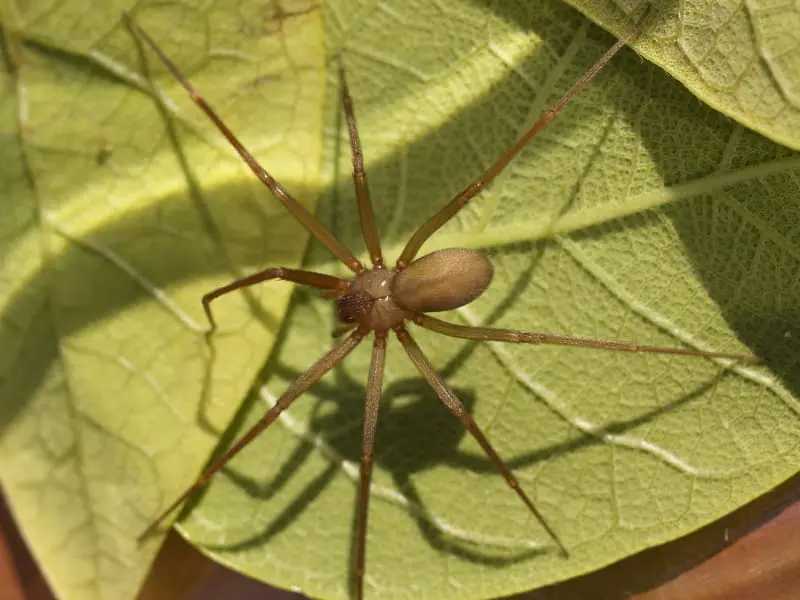
Poisonous spiders of the genus Loxosceles — popularly known as recluse spiders, they are about 1.5 inches long, with a brown body and a darker abdomen. They are most active during hot summer nights and prefer dark and confined spaces.
They are not aggressive spiders and will only bite in defense, such as when someone accidentally crushes them while sleeping, putting on shoes, or handling objects stored in dark places.
If a person is bitten by a brown spider, it can take 12 to 14 hours for the first signs to appear: swelling, redness in the bitten area, pain, and fever. If left untreated, the bite can cause necrosis in the affected area. Besides this, although very rare and reported in only 1.5% of cases, there is a possibility of death in case of any complication or if proper care is not taken.
Interestingly, there are two other spiders that are often confused with the recluse: the red house spider (Nesticodes rufipes) and the spitting spider, especially the Scytodes fusca.

The red house spider is extremely common in Brazilian homes and usually makes its webs in the corners of walls and behind furniture. Its body is usually reddish and the color of its abdomen can vary from creamy-grey to dark brown. Its body and legs are smaller than the recluse spider.
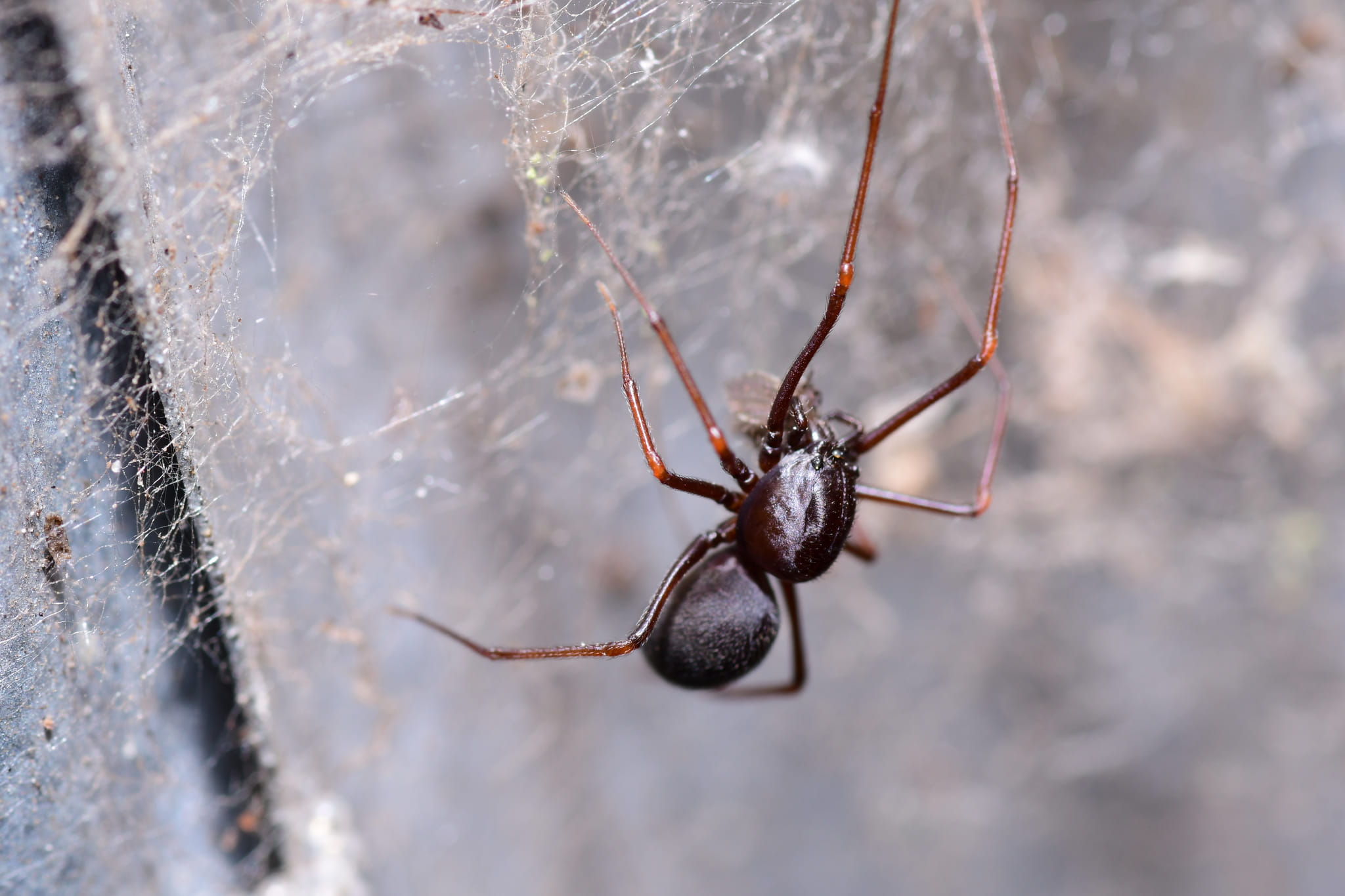
The Spitting spider is so known for spitting venom at its prey (insects), paralyzing them. Its body is generally dark and its legs are reddish brown — the main reason for confusion with the recluse spider.
Both spiders are very common in homes and are not dangerous to humans, even if accidentally bitten. In fact, they are considered beneficial for catching insects that can be harmful, such as mosquitoes and other spiders, including the recluse.
2 — Widows spiders
The black widow is undoubtedly one of the most recognizable spiders in the world, but it is the least dangerous of the three species mentioned here. It is a spider that is easily recognized by its notorious red spot in the middle of its completely black body. But what many people don’t know is that there are at least two species of widow spiders in Brazil:
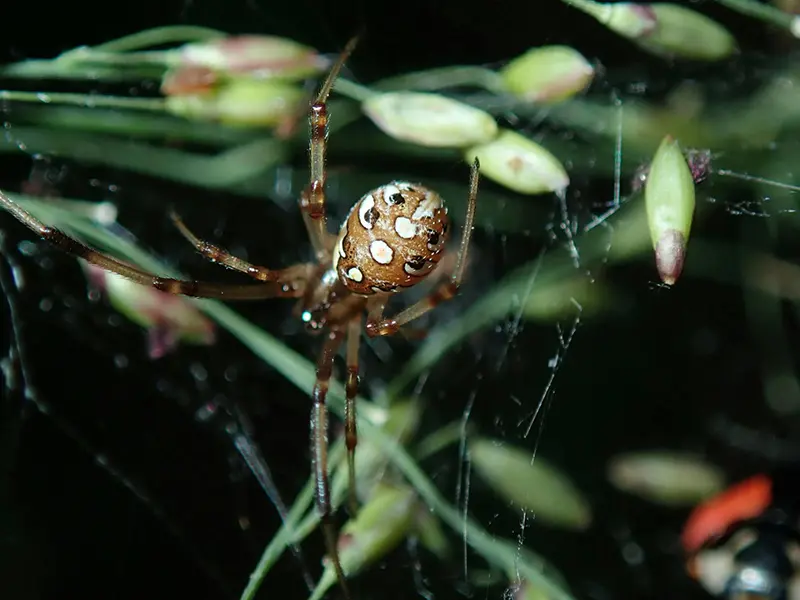
L. geometricus is the most unusual — popularly known as the brown widow. It has beautiful patterns ranging from brown and orange to black, brown and red, and its patterns are usually outlined with a white line. Its legs are striped with black and brown, and like all black widows, it has an hourglass shape on its lower abdomen.
L. curacaviensis is known as the South American black widow spider, and its body is black with large red stripes all over its abdomen, making it more red than black. This makes it an easy species to identify.
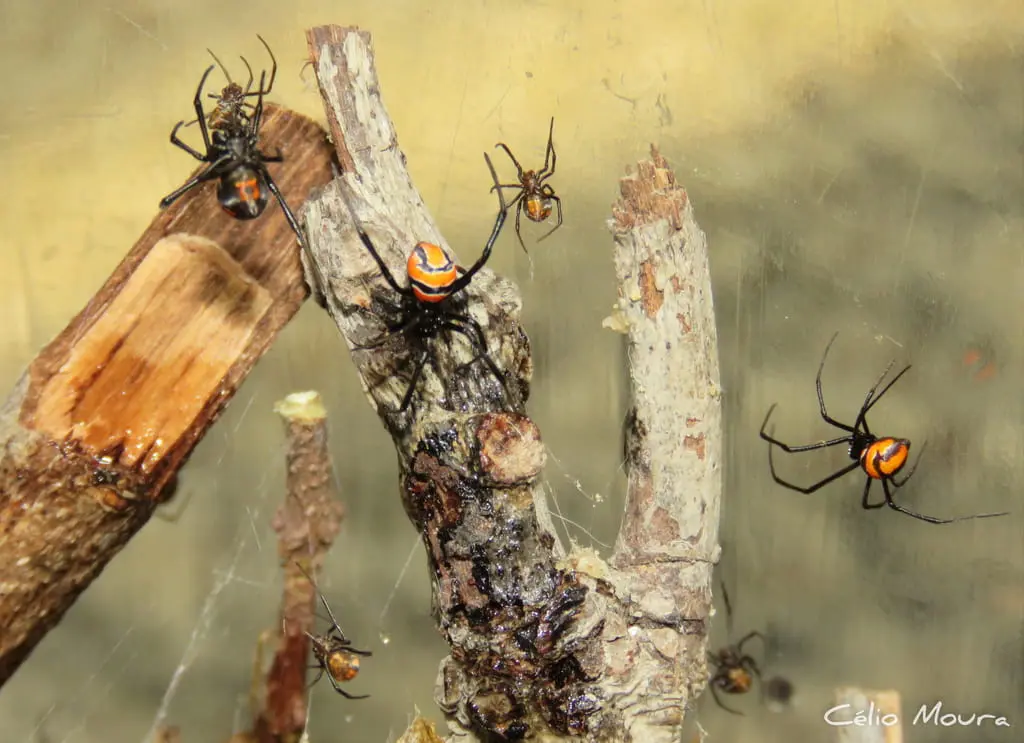
These spiders are usually small, no more than 3 cm (1 inch) long. They live in webs that they build under ground vegetation or bushes. Although they are so feared, very few accidents involving these spiders have been recorded — most of them in the south and northeast of Brazil, and all of them of minor or moderate severity.
Symptoms after a brown widow or South American black widow bite are usually severe localized pain, muscle contractions, sweating, changes in heart rhythm, and priapism. In rare severe cases, anaphylactic shock may occur. The venom has a neurotoxic effect, and treatment usually involves the application of a local anesthetic and, in more severe cases, an antiarachnid serum.
3 — Brazilian wandering spiders
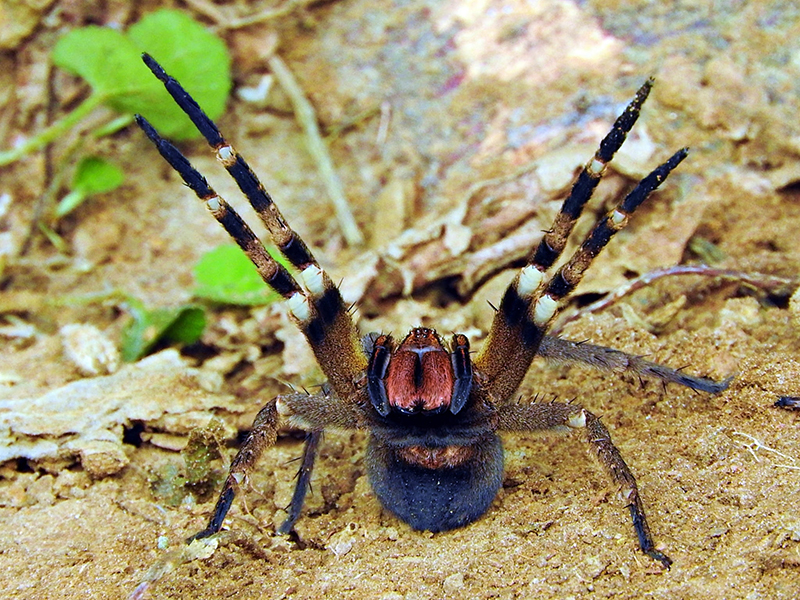
Other common names for the Brazilian wandering spider are the armed spider and the banana spider. This spider is undoubtedly the largest of the spiders mentioned here, reaching up to 17 cm including the legs. Its coloration ranges from gray to dark brown.
It lives in small holes in grass, banana, coconut and palm trees, or under fallen tree trunks and rocks. They can also be found in the backyards and gardens of rural homes, on the backs of objects that usually stay outside the house, and even inside the house, on shoes or clothes, but less frequently.
Although Brazilian wandering spiders are responsible for most accidents in the state of São Paulo, and although they produce 50% more venom than the black widow, they rarely cause serious accidents.
Before stinging, they adopt a typical posture to appear larger and more dangerous: leaning on the two pairs of hind legs, raising the two front legs, showing their fangs and erecting their spines, while accompanying the aggressor’s movements. If the aggressor does not move away, it will be stung.
Most accidents can cause severe pain that lasts for several hours, loss of pressure, dizziness, vomiting, sweating, rapid pulse, convulsions, and — in children or the elderly — can lead to death. Treatment consists of local anesthetic and, in the most severe cases, anti-arachnid serum.
A spider that is often confused with the Brazilian wandering spiders is the wolf spider. It belongs to the same family as tarantulas and, as is common in the genus, usually raises its front legs before biting.
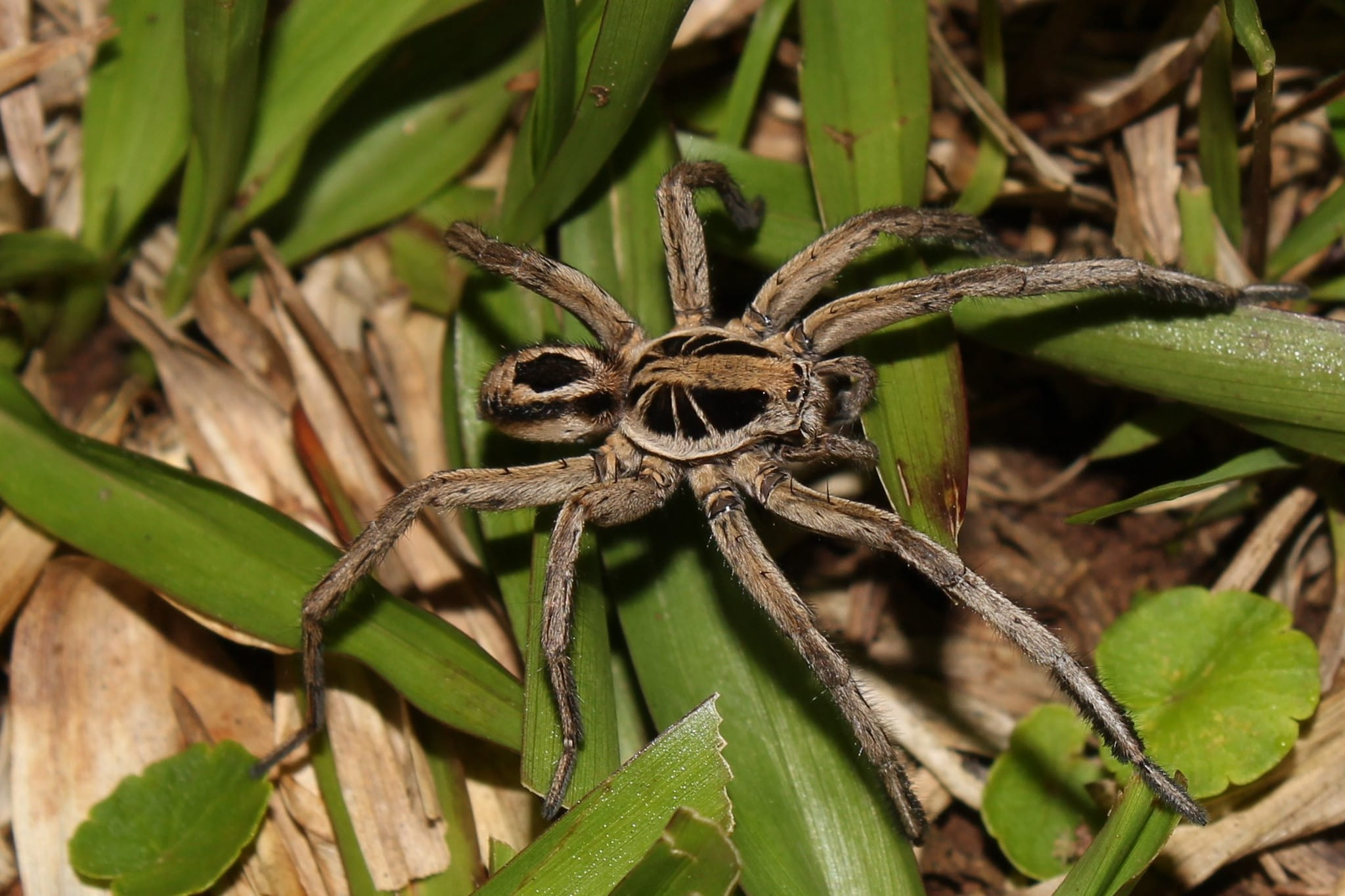
But the main differences are in size and color. The wolf spider is small, reaching only 3 or 4 cm (1 inch). And its coloration is brown or tan with black markings all over its body, while the wandering spider’s colors are more uniform.
The bite of the wolf spider is not as powerful as that of the Brazilian wandering spider, causing much milder symptoms such as pain, redness and local swelling, and can be treated with simple oral painkillers and antihistamines. Although they are not aggressive or dangerous to humans, accidents do occur as they are very common in residential areas.
Of the more than 100,000 cases of spider accidents between 2009 and 2013, the genus of the spider that bit was identified in only 46.3%. Of this 46%, the majority of cases were brown spiders with 66.3%, followed by Brazilian wandering spiders with 32.8%, and finally black widow spiders with 0.9% of the total. During the period studied, only 0.2% of the victims were taken to death.
Harmless spiders most commonly found in homes <—-
Accidents caused by spiders can be common, but some of them, do not even have active venom in humans, and others when stung on rare occasions, usually cause swelling and irritation, like the bite of a mosquito or bee. Besides the red house spider and the spitting spider it is very common to find a few more in our homes such as:
Jumping spider
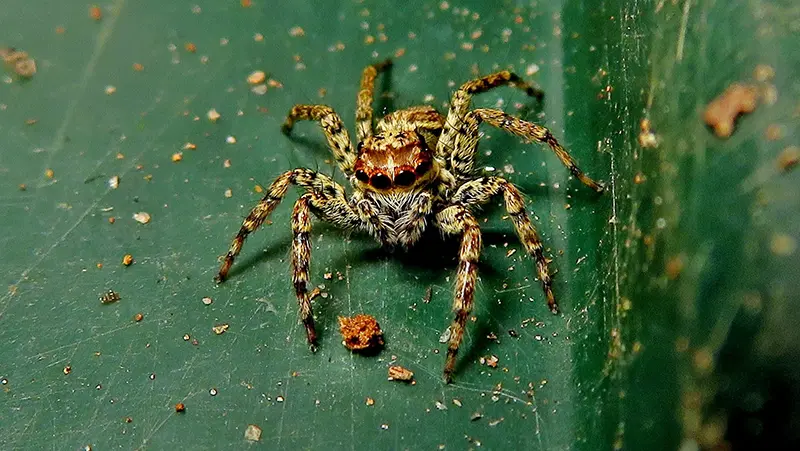
It is the most numerous family of spiders, with more than 5,000 species (about 13% of the world’s known spider species). Jumping spider have well-developed eyes, one of the most complex among arthropods. They are also the only spiders that can see color ranges, though most can usually see nothing more than a few centimeters in front of them.
They come in many colors, light, dark, bright or opaque, so the shape of their body is the easiest way to distinguish them from other genera. Their bite can cause minor skin irritations, just like the bite of other insects or mosquitoes. It is often found walking on walls, looking for insects to feed on.
Daddy long-legs spider
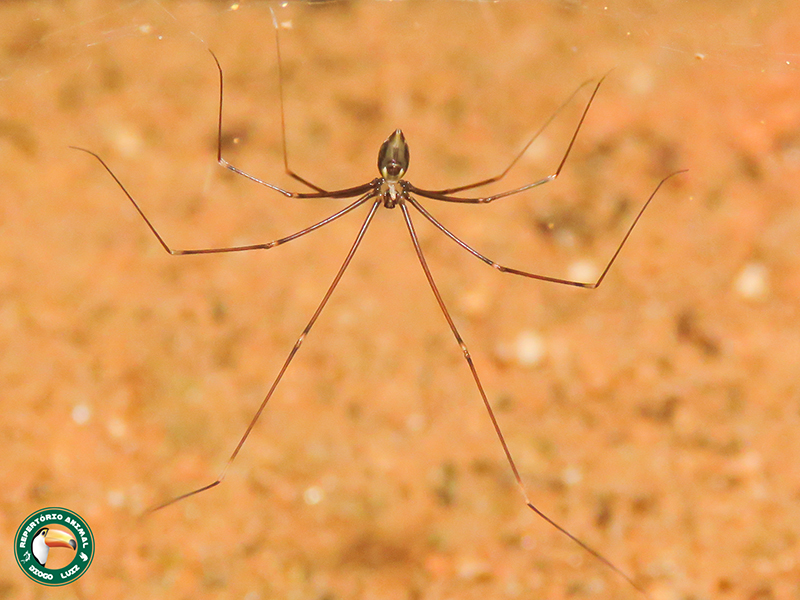
The Daddy long-legs spider is known by many names such as: cellar spider, carpenter spider, daddy long-legger, gyrating spider, vibrating spider, and skull spider. It is usually seen in the corners of walls. When disturbed, it begins to tremble in its web, as if it were being shaken. It is totally harmless and has no active venom, and its bite is also painless.
Silver argiope
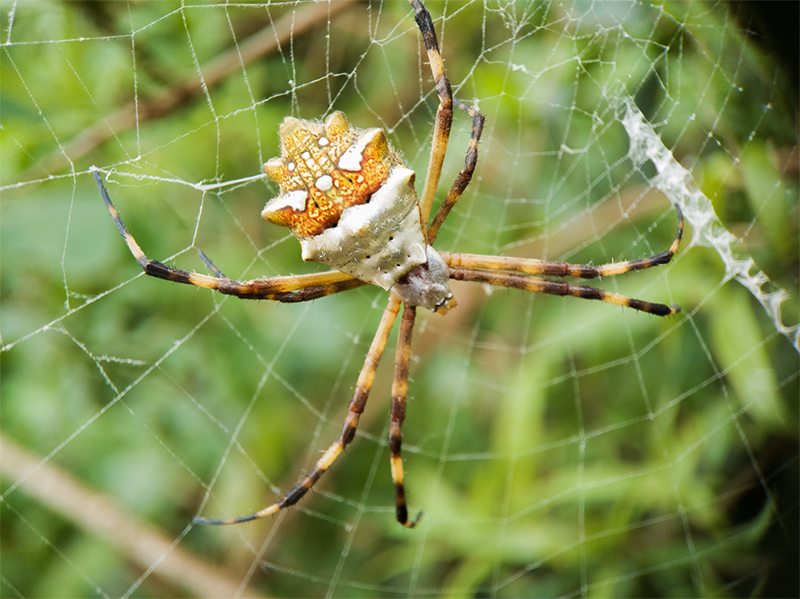
There are 4 species of this spider in Brazil, and although they are small, only 12 mm (0.5 in), and their bodies have different shapes, they all have some characteristics that make them distinguishable: most of them have white, black, and yellow colors on their abdomen or legs. In addition, the position of their legs is usually in the shape of an “X”.
The Silver argiope is most often found in gardens and in vases with plants. They are very quiet and rarely bite. Their venom is not dangerous to humans and their stings — when they do cause a reaction, are comparable to a bee sting resulting in only minor redness and occasional swelling.
Brazil is one of the countries with the greatest diversity of spiders in the world, with over 3,000 species recorded. Among which only the 3 groups mentioned here (brown, widow and armadress spiders) are considered of medical importance. Encounters with these spiders are also usually less common than with those found indoors (red spider, spitting spider, jump spider, silver argiope, and wolf spider).
However, if there is a possibility that you have been bitten by any of the three poisonous and dangerous spiders, look for the health unit closest to your home. The faster the first aid is given, the lower are the chances of evolving into a serious case.
What to do if you are bitten by a spider:
- Wash the local of the bite.
- Use warm compresses to help with pain relief.
- Look for the nearest medical service.
- If possible, take the animal in for identification.
What NOT to do if you are bitten by a spider:
- Do not pierce, burn, cut, squeeze, or suck on the wound area.
- Do not apply any product that is not intended for treatment.
Read more:
Aranha Vermelha: lembra a marrom, mas não é tóxica
Aranha cuspideira (Scytodes fusca)
Acidentes por animais peçonhentos: Escorpiões e aranhas
Aranha-lobo (Lycosa erythrognatha)
Aranhas mais comuns em residências
Aranhas do Parque Nacional do Itatiaia, Rio de Janeiro/ Minas Gerais, Brasil